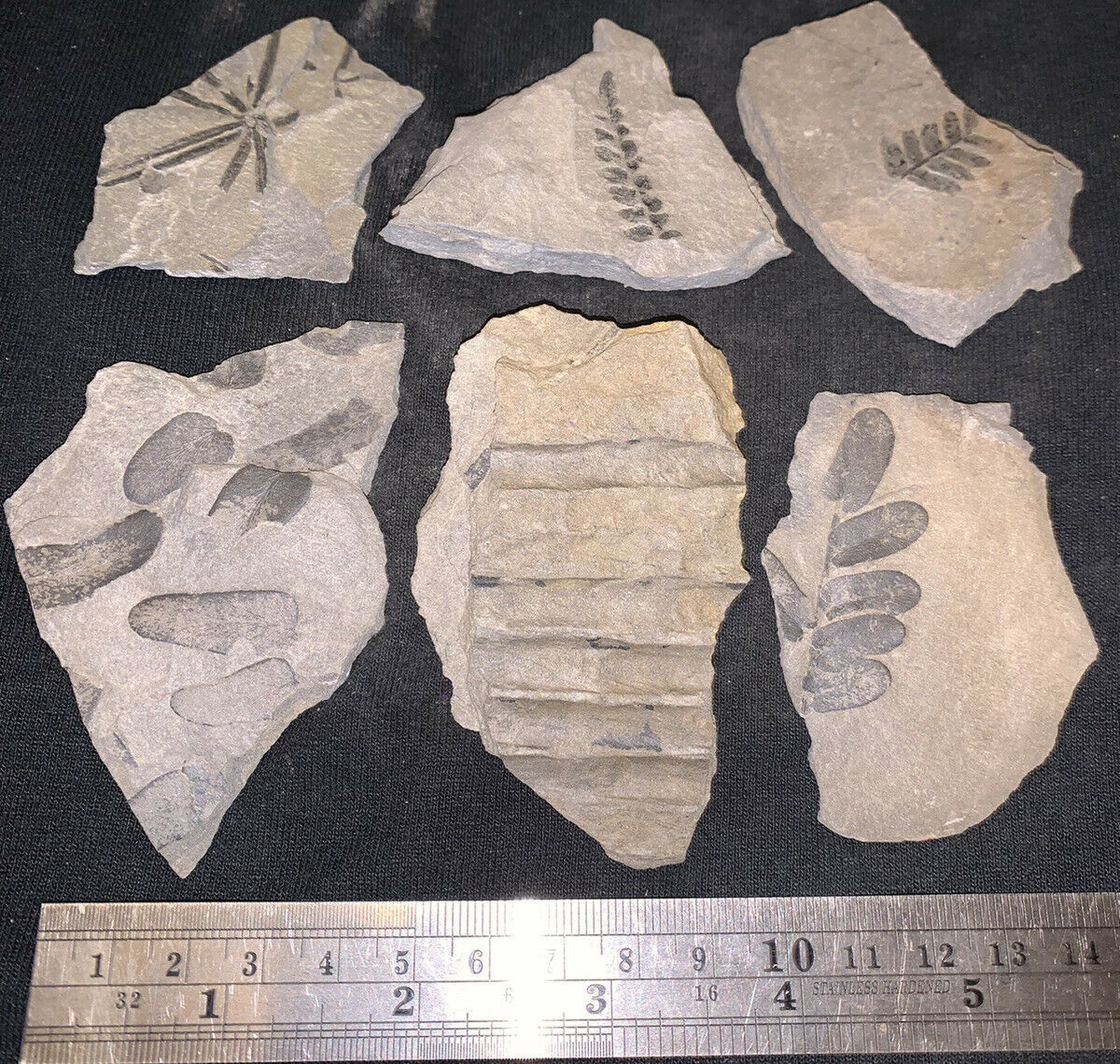-40%
RARE big oldest know pre dinosaur fossil Ginkgo coal age ginkgophyte leaf !!!
$ 41.18
- Description
- Size Guide
Description
My specimens are genuine and will be delivered with a "Certificate of authenticity, age and origin" and scientific papers allowing plant identification !I combine shipping costs.
Each item is different, so please wait with payment after purchase -
I will send You a combine invoice.
Usually, it will be cost of shipping the heaviest item.
Specimen:
Very
Rare, oldest know, pre jurassic ginkgo fossil:
Ginkgophytopsis delvalii
( Cambier & Renier 1910) Boureau 1967
.
Locality:
Poland, GZW - Upper Silesia Coal Basin, Bytom - Szombierki
Stratigraphy:
Upper Carboniferous,
Middle Pennsylvanian
-
Westphalian B - Orzesze Beds
Coalmine:
KWK " Szombierki " in Bytom - closed mine
Age:
ca. 310 Mya
Matrix size:
ca. 20,0 x 9,5 x 3,0 cm ( white square on pictures is 1,0 x 1,0 cm )
Description:
Rare, oldest know ginkgo
Ginkgophytopsis delvalii
(older synonym names:
Psygmophyllum delvali, Ginkgophyllum delvali
)
.
Fossils of this foliage type are generally very rare.
Ginkgophytopsis delvalii
leaves are up to 40 cm long, with a narrow leaf base that is somewhat arcuate. ( Under leaf is visible shape of the cone of this plant ).
Lateral margins are slightly concave, and the distal margin is convex and may be irregularly lobet or fringed. Leaves assigned to this morphogenus are relatively large and elongate flabelliform , that is they have
the form of fan. One of the most widespread species is
Ginkgophytopsis delvalii
from the Westphalian ( Middle Pennsylvanian) of central Europe. The venation is delicate and composed of numerous parallel veins that fork several times in their course to the margin.
Ginkgophytopsis
belongs to an enigmatic group of Devonian to Permian foliage types that, in contrast to most other late Paleozoic foliage, were not pinnately organized. Some scholars accommodate Ginkgophytopsis and similar leaf morphotypes from Europe, Asia, and North America in the artificial order Palaeophyllales, or they use the informal term palaeophyllalean forms for these leaves.
The Palaeophyllales represent one of the great mysteries in paleobotany, because, to date, next nothing is know about the plants that produced the leaves. They are almost consistently found isolated.
The generic name
Ginkgophytopsis
translates to something along the lines of " plant that looks like ginkgo" but this does not mean that these leaves were produced by early ginkgophytes. Some have suggested that
Ginkgophytopsis
leaves represent fronds of rare herbaceous fern or aphlebia of a tree ferns or cordaites; still others have suggested that some of them might actually represent foliage of an early ginkgophyte.
Offered Specimen is preserved in stable shale from the "Orzeskie" Beds ( Middle Pennsylvanian - Westphalian B ) from the Polish region of the GZW - Upper Silesia Coal Basin, Coalmine: KWK “Szombierki” in Bytom famous from
Ginkgophytopsis
specimens.
Specimen was found on coal mine KWK "Szombierki" heap. This coal mine is unfortunately closed since 1990, so the
completely
preserved specimens of
Gingkophytopsis
are every year rarer.
Systematic:
Division: Gymnospermatophyta
Class: Ginkgopsida
Order: Ginkgoales
Family: Ginkgoceae
Genus: Ginkgophytopsis Boureau, 1967
Species:
Ginkgophytopsis delvali
( Cambier & Renier 1910) Boureau 1967
















